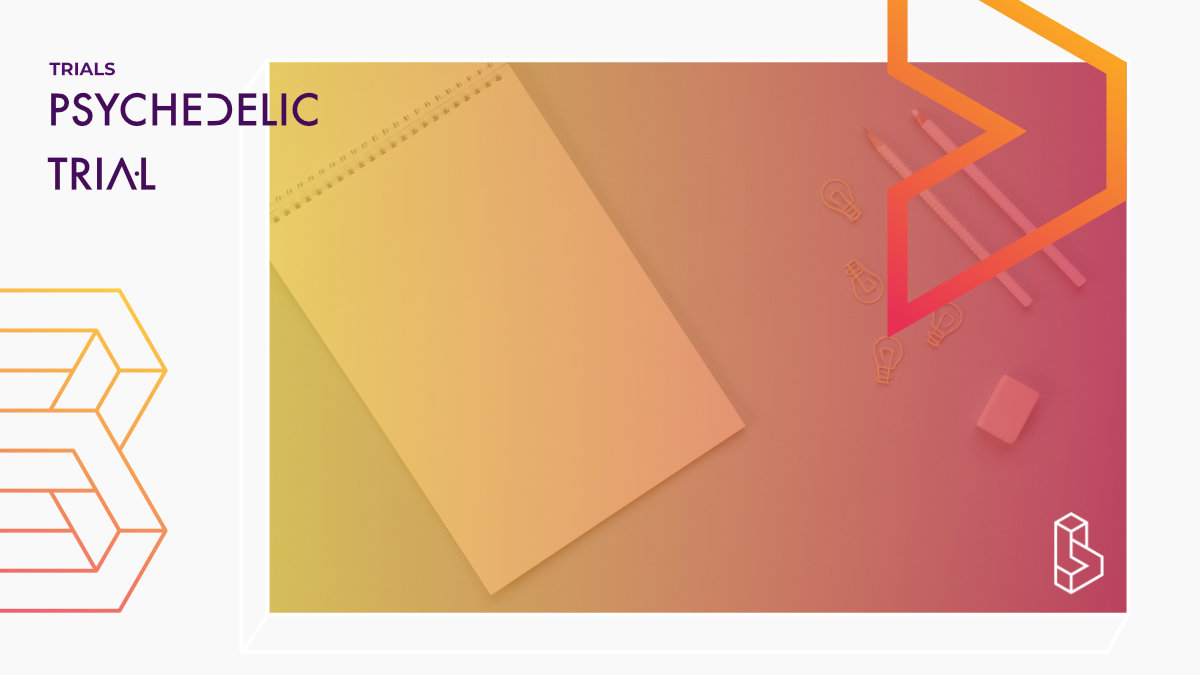NMDA antagonist drugs have increasingly been demonstrated to reduce symptoms of depression and suicidal ideation. NeuroRx has developed a sequential therapy consisting of IV NRX-100 (ketamine HCL) for rapid stabilization of symptoms of depression and suicidal ideation followed by oral NRX-101 (fixed dose combination of D-cycloserine and lurasidone) for maintenance of stabilization from symptoms of depression and suicidal ideation.
NRX-101 has been awarded Fast Track and Breakthrough Therapy Designation by the US Food and Drug Administration. The SevereBD study will test the hypothesis that NRX-101 is superior to lurasidone alone in maintaining remission from symptoms of depression (primary endpoint), clinical relapse (declared secondary endpoint), and suicidal ideation or behavior (declared secondary endpoint) over a six week period of twice-daily oral dosing.
Trial Details
NeuroRx is developing NRX-101, a fixed-dose combination oral capsule composed of D-cycloserine (DCS) and lurasidone for the maintenance of remission from Severe Bipolar Depression with Acute Suicidal Ideation or Behavior (ASIB) in adults with Bipolar Depression following initial stabilization with ketamine. NRX-101 has been awarded Fast Track and Breakthrough Therapy Designation by the US Food and Drug Administration. In recent years, intravenous and intranasal ketamine have demonstrated rapid and potent effects in achieving remission from both depression and suicidal ideation in both bipolar depression and major depressive disorder. However ketamine is will understood to induce hallucination and other dissociative side effects, to be addictive and have high abuse potential, and to have potential neurotoxic effects. Moreover, ketamine can only be administered in a monitored hospital or clinic setting. NRX-101 was developed with the objective of seeking a safe, non-hallucinogenic, non-addictive, oral medication that might maintain the effects of ketamine in patients with severe depression and acute suicidal ideation and which might be considered as initial therapy for patients with depression and non-acute suicidal ideation. The D-cycloserine component of NRX-101 is believed to act by inhibiting the brain's NMDA receptor and raising levels of glutamate/glutamine (Glx) in the anterior cingulate cortex. Increased Glx, as measured by magnetic resonance spectroscopy, has been associated with clinical improvement following electroconvulsive therapy (ECT) and following administration of IV ketamine. Primary Objective: To test the hypothesis that following successful response to a single infusion of ketamine (NRX-100), treatment with NRX-101 is superior to lurasidone in maintaining improvement in symptoms of depression as measured by the MADRS-10 total score. Secondary Objectives: Key secondary: To test the hypothesis that following response to a single infusion of NRX-100, daily oral NRX-101 is superior to lurasidone in delaying time to relapse of suicidality or depression in patients with Severe Bipolar Depression and Acute Suicidal Ideation and Behavior (ASIB). Avoiding relapse will be defined as being relapse-free, without experiencing a 50% or greater return to pre-infusion baseline levels of depression, or suicidality, or the need to implement a new treatment plan. To demonstrate that following NRX-100 response, treatment with NRX-101 are less likely to suffer from akathisia than those treated with lurasidone. To demonstrate that following NRX-100 response, other efficacy advantages observed in NRX-100 responders are more favorable for NRX-101 vs. lurasidone To demonstrate safety and tolerability of NRX-101 vs. lurasidone. To demonstrate that following successful NRX-100 response, NRX-101 diminishes the length of stay for index hospitalization vs. lurasidone. Methodology: A multi-center, randomized, stratified, double-blind, adaptive trial conducted under a Special Protocol Agreement with the FDA that enrolls patients demonstrating successful response in NCT03396601. Randomization will be 2:1 favoring NRX-101 (n=48) vs. lurasidone alone (n=24).NCT Number NCT03396068
Sponsors & Collaborators
Target HealthThis company doesn't have a full profile yet, it is linked to a clinical trial.
Vanguard
This company doesn't have a full profile yet, it is linked to a clinical trial.
Measures Used
Montgomery-Asberg Depression Rating ScaleA ten-item diagnostic questionnaire used to measure the severity of depressive symptoms in patients with mood disorders.

